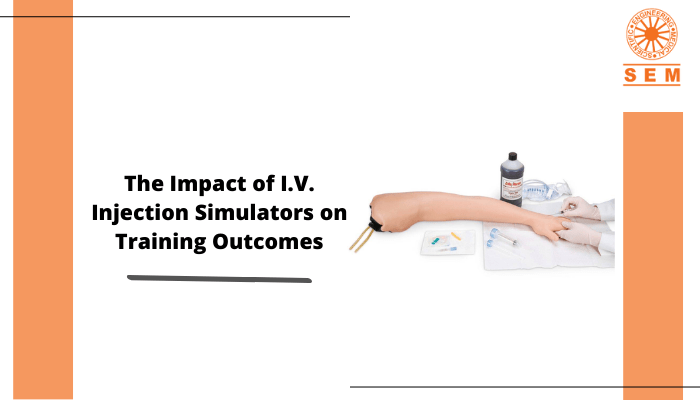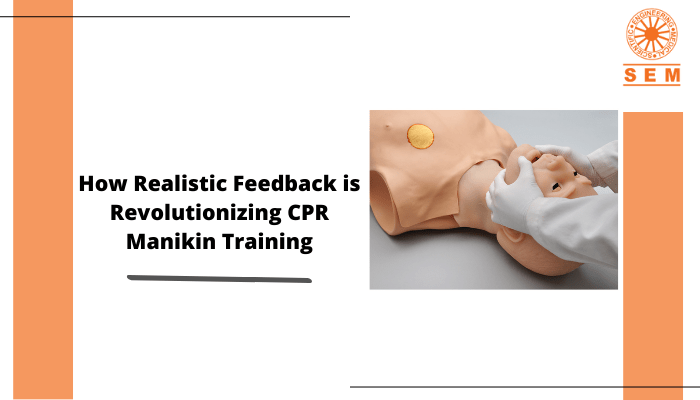The Impact of I.V. Injection Simulators on Training Outcomes
The medical field is an ever-changing and advancing industry. As new technologies and techniques emerge, healthcare professionals must continue to learn and improve their skills. One area where technology has made a significant impact is in medical training. Specifically, the use of simulation technology has proven to be an effective way to train healthcare professionals and has considerably improved training outcomes in the medical field over the years.
I.V. Injection Simulator
An intravenous (I.V.) injection simulator is a device that is used to simulate the injection of fluids into a patient’s veins. These simulators are designed to mimic the actual experience of administering an I.V. injection and provide a realistic training experience for healthcare professionals. One of the main benefits of using these I.V. injection simulators is that they allow for repeated practice without the need for live patients. This means that healthcare professionals can gain valuable experience without putting actual patients at risk. Additionally, these simulators provide immediate feedback, allowing users to adjust their technique and improve their skills.
Virtual Reality IV Injection Simulation
Virtual reality (VR) technology has been a game-changer in the medical field, and the use of VR for I.V. injection simulation is no exception. VR allows for a fully immersive experience, where users can practice administering injections in a simulated environment. This technology provides a level of realism that cannot be achieved with traditional simulation methods. For example, VR can simulate the sensation of inserting a needle into a patient’s vein, providing a more realistic training experience. The use of VR for I.V. injection simulation has been shown to greatly improve training outcomes in healthcare professionals and increase their confidence.
Improved Performance and Quality in CPR Manikin Training
Another area where simulation technology has made an impact is in CPR manikin training. CPR manikins are used to simulate cardiac arrest situations and allow healthcare professionals to practice life-saving techniques. In recent years, simulation technology has advanced to the point where CPR manikins can provide real-time feedback on performance. For example, some CPR manikins can measure the depth and rate of chest compressions, providing immediate feedback to the user. This technology has been shown to improve the quality and effectiveness of CPR training, leading to better patient outcomes.
At the end of the day, the use of simulation technology has greatly improved training outcomes in the medical field. I.V. injection simulators and virtual reality technologies make for a realistic training experience, allowing healthcare professionals to gain valuable experience without the need to risk live patients. Additionally, the use of simulation technology in CPR manikin training has improved the quality and effectiveness of training, leading to better patient outcomes. And as technology continues to advance, it is likely that simulation technology will become an even more essential part of medical training.


